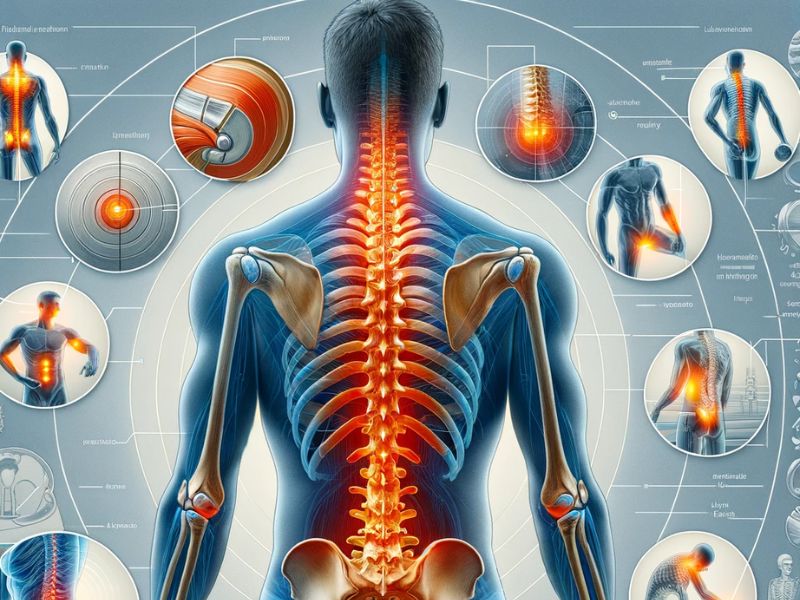
Back Pain Management: Understanding, Treatment, and Prevention
Effective Strategies to Alleviate a Common Global Ailment
Understanding Back Pain
Back pain is a leading cause of disability worldwide and one of the most common reasons people seek medical help or miss work. This type of pain can range from a mild muscle annoyance to a sharp or burning pain, and it can even radiate down the legs. Daily activities like bending, twisting, lifting, standing, or walking can worsen the pain, making it difficult to manage everyday tasks.
Causes and Risk Factors
The causes of back pain often cannot be pinpointed to a specific condition detectable by tests or imaging studies. Common causes include muscular or ligament strains, bulging or ruptured intervertebral discs, arthritis, osteoporosis, and ankylosing spondylitis. Risk factors include advanced age, lack of physical exercise, excess weight, certain diseases such as arthritis and cancer, improper lifting of weights, psychological conditions like depression and anxiety, and smoking. These factors can significantly increase the likelihood of developing back pain.
Treatment and Pain Relief
The treatment of back pain varies depending on the specific cause and may include a wide range of options. These include the use of cold and/or heat packs, stretching exercises, massages, physical therapy, and medications, including muscle relaxants and pain relievers. In rare cases, surgery may be necessary. Recently, new therapeutic approaches have been developed, such as cognitive-behavioral therapy and an innovative one-session pain management program developed by Stanford Medicine researchers, named “Empowered Relief.” This program has shown promising results in reducing chronic back pain, rapidly equipping patients with pain management skills.
Prevention and Risk Reduction
To prevent back pain, it is crucial to maintain good physical condition and learn to use the body correctly. Low-impact exercises such as walking, cycling, and swimming can strengthen the back and improve endurance. Maintaining a healthy weight is vital, as being overweight can put additional stress on the back muscles. It is also essential to adopt good posture while standing and sitting and to regularly stretch to maintain muscle flexibility. Quitting smoking can reduce the risk of back pain, as smoking can decrease blood flow to the spine and increase the risk of osteoporosis.


